By August Hoppe, President of Hoppe Tree Service and Chair of the Wisconsin Urban Forestry Council
Workforce shortages and the training of new employees is not a new problem for the arboricultural industry. Meeting minutes from a National Arborist Association meeting from 70 years ago frame the issue in the same fashion as we do today. It is hard to find skilled workers for positions and retaining workers can be an even bigger challenge for many organizations, even during a pandemic.
Formal apprenticeship is a tool that other skilled trades have been using successfully for many years to recruit, train and retain their valuable employees. We are entering an exciting time within our industry as more and more employers turn to the Arborist Apprenticeship program to fulfill the needs of their workforce.

 The COVID-19 pandemic is taking a serious toll on our mental health. Many of us are feeling lonely and isolated due to social distancing. Some of us have lost our jobs, some have lost access to schooling and some have lost beloved friends and family members.
The COVID-19 pandemic is taking a serious toll on our mental health. Many of us are feeling lonely and isolated due to social distancing. Some of us have lost our jobs, some have lost access to schooling and some have lost beloved friends and family members.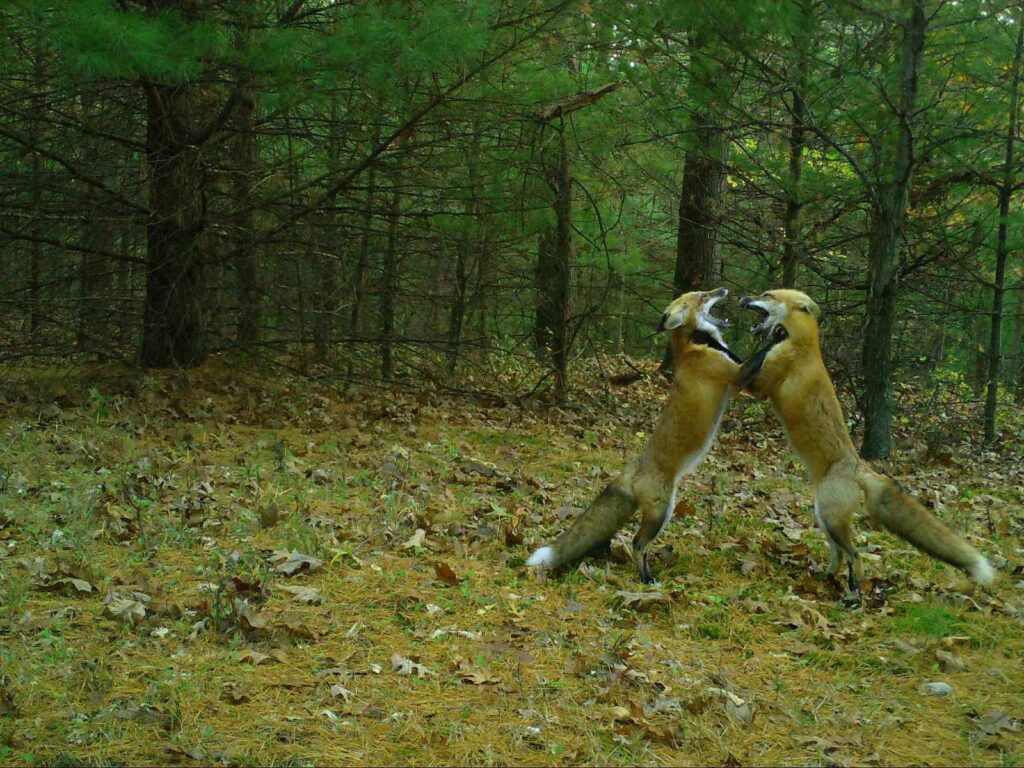 Fisher, fox, bobcat and bear are just a few of the species captured among the 50 million trail camera photos produced by Snapshot Wisconsin. The Wisconsin DNR program is a wildlife monitoring effort that gets the public involved in science, and the data generated help the DNR make wildlife management decisions. Volunteers host a network of trail cameras across the state that take “snapshots” of animals as they pass by. The program began as a pilot in two counties and launched statewide in 2018. Today the program boasts 1,800 volunteers hosting over 2,100 trail cameras. Information about what is in the photos, combined with where and when they were taken, is already being used to better understand important Wisconsin wildlife species, like white-tailed deer.
Fisher, fox, bobcat and bear are just a few of the species captured among the 50 million trail camera photos produced by Snapshot Wisconsin. The Wisconsin DNR program is a wildlife monitoring effort that gets the public involved in science, and the data generated help the DNR make wildlife management decisions. Volunteers host a network of trail cameras across the state that take “snapshots” of animals as they pass by. The program began as a pilot in two counties and launched statewide in 2018. Today the program boasts 1,800 volunteers hosting over 2,100 trail cameras. Information about what is in the photos, combined with where and when they were taken, is already being used to better understand important Wisconsin wildlife species, like white-tailed deer.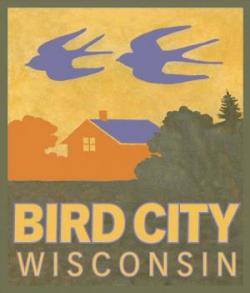 Act fast to keep your Tree City, Bird City, and Bee City status! Due dates are as follows:
Act fast to keep your Tree City, Bird City, and Bee City status! Due dates are as follows: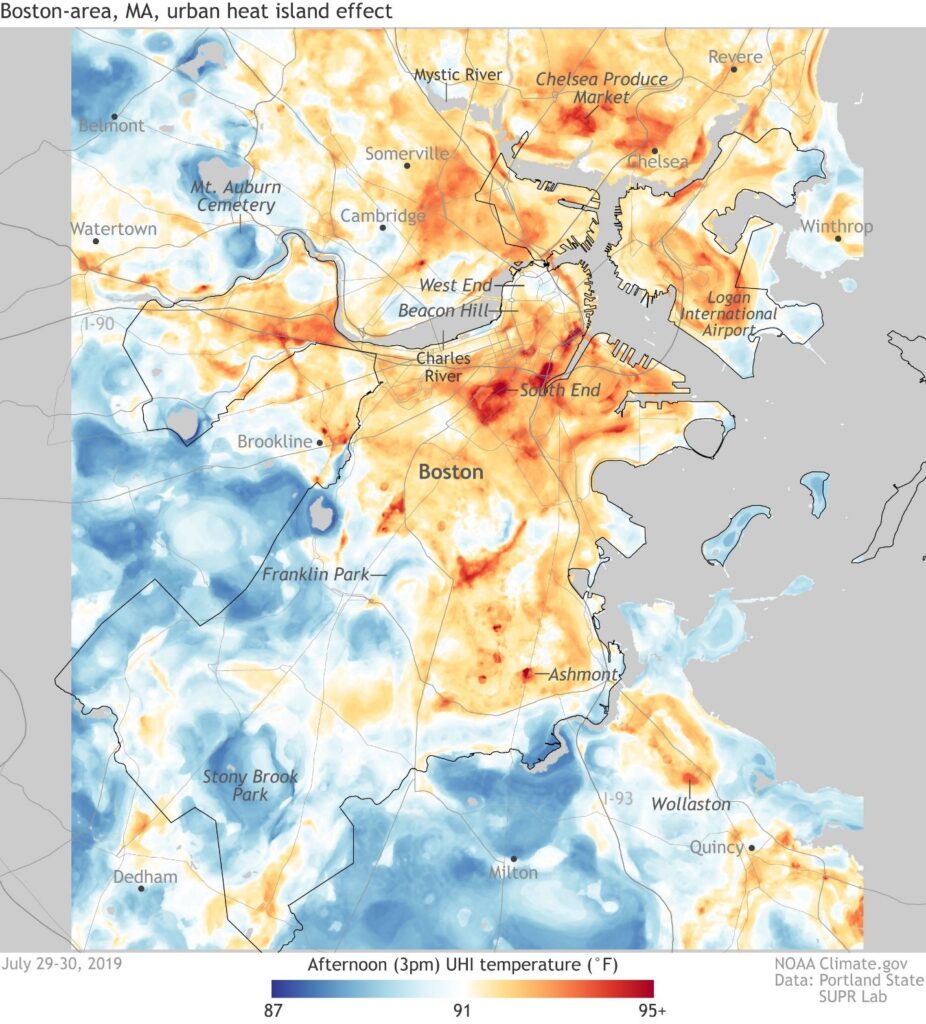
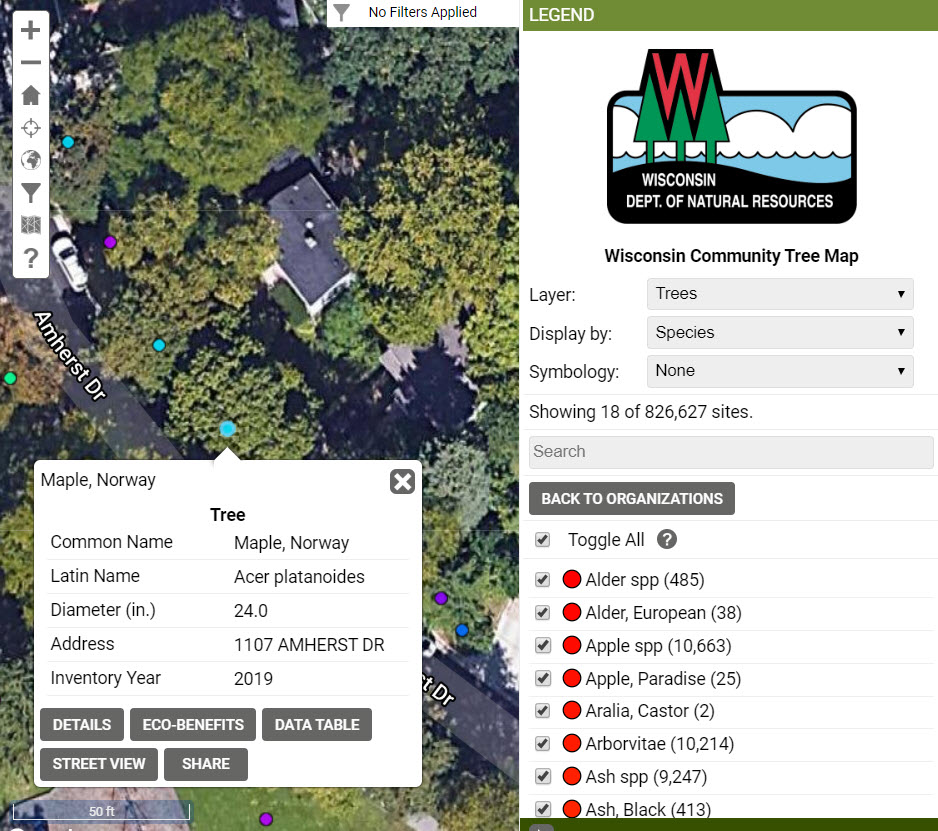
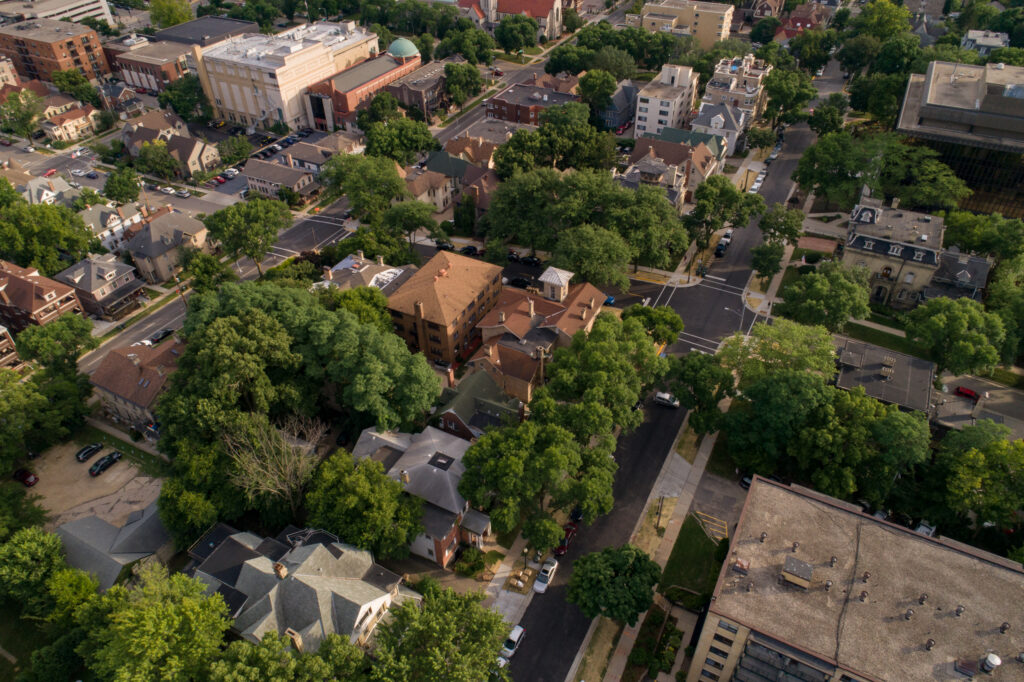 The
The